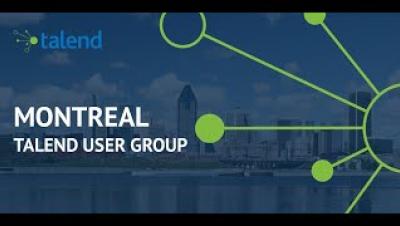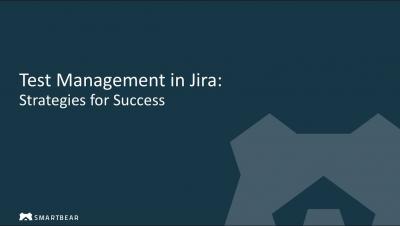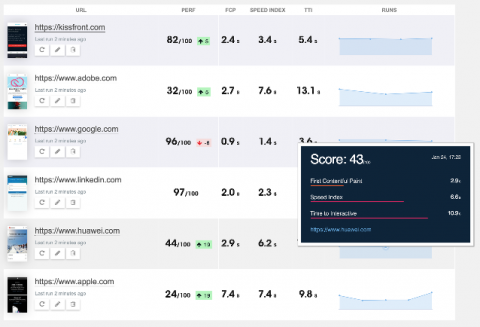Systems | Development | Analytics | API | Testing
%term
Apigee API Monetization: Maximize the Business Value of Your APIs
Test Management in Jira: Strategies for Success
KissFront: Lighthouse as a Service
KissFront is a web performance monitoring tool running Lighthouse continuously or on-demand (using Lighthouse as a service) to monitor your website performance and get insights on speed with modern performance metrics. Lighthouse is an open-source automated tool for analysing and improving the quality of web pages with audits for performance, accessibility, progressive web apps, SEO and best practices.
How to deploy Talend Jobs as Docker images to Amazon, Azure and Google Cloud registries
Since the release of Talend 7.1 users can build Talend jobs as Docker images and publish them to Docker registries. In this blog post, I am going to run through the steps to publish to the major cloud provider container registries (AWS, Azure and Google Cloud). Before I dig into publishing container images to registries, I am going to remind you the basics of building Talend Jobs in Docker images from Talend Studio as well as point out the difference between a local build and a remote build.
API Monitoring to guarantee seamless customer experiences
App modernization and the need for API management
2019: A New Yellowfin 8.0.1 Release
In Yellowfin 8 we introduced two new products, Yellowfin Signals, to automatically discover the most critical changes in your business as they happen, and Yellowfin Stories, to provide context to the numbers and tell compelling stories with your data. We’ve received great feedback since then and implemented some of the requested enhancements to improve the user experience, increase governance and performance.
A Blueprint for Modern Working: Six Hacks for Asynchronous Success From the Mobile Jazz Company Handbook
How do you organize an effective meeting when you don’t have a physical space to hold it? How do you manage workflows across different time zones, when some people are starting work as others go to bed? How do you integrate new people into the culture when you don’t have a physical HR department?
6 Dos and Don'ts of Data Governance - Part 2
In my last post, I gave you the first six Do’s and Don’ts of Data Governance and promised to bring together an additional six to consider when making a data governance plan for your organization. Here are six more dos and don'ts when building your data governance framework.










